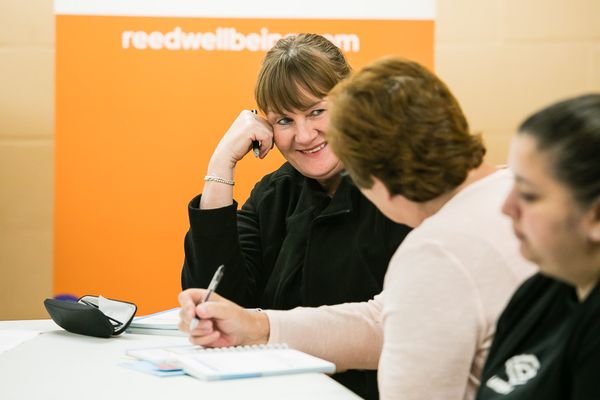What you CANNOT change
- Your age
- Your biological gender
- Your ethnicity
- Your relatives with diabetes
- Your medical history
We use cookies to analyse traffic on our site and monitor advertising performance. To find out more read our terms and conditions.

There are two type of diabetes – Type 1 and Type 2.
Type 1 diabetes is not linked with age or being overweight. The causes are unknown and it is unpreventable. Only 10% of people with diabetes have Type 1.
Type 2 diabetes is much more common. It is linked to lifestyle factors and develops over time. Unlike Type 1 diabetes, it is largely preventable.
When you become Type 2 diabetic your body stops producing enough insulin, or your body’s cells stop reacting to insulin.
These means that the level of sugar (glucose) in your blood becomes too high.
We get glucose when our body breaks down foods which contain carbohydrates such as bread, cereals, fruit and veg and some dairy products. This glucose enters the blood stream and it is insulin that allows us to use this for energy.
When you become Type 2 diabetic your body stops producing enough insulin, or your body’s cells stop reacting to insulin.
These means that the level of sugar (glucose) in your blood becomes too high.
If not treated properly it can affect almost every part of their body and lead to serious health problems like blindness, amputation, stroke and heart attacks.
The reasons the body stops producing enough insulin and your blood sugar level rises are often linked to your lifestyle or some risk factors.







Type 2 diabetes is often diagnosed following a blood or urine test by your GP.
Your test results may show that you are starting to develop the disease, but that managing your lifestyle will slow or stop it.
Your GP may refer you to Healthier You to help with this.